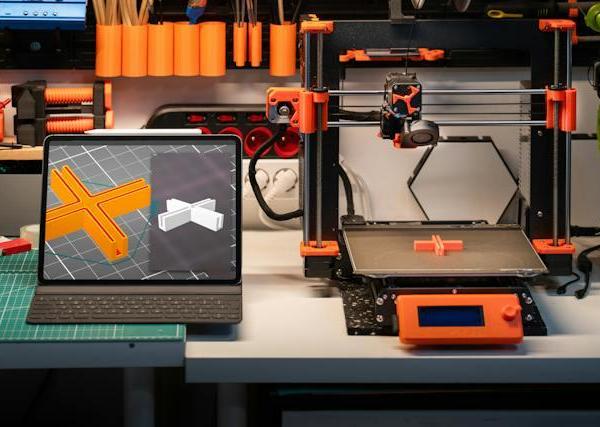3D printing, also known as additive manufacturing, has evolved from a prototyping novelty into a mainstream manufacturing technology that is revolutionizing industries worldwide. This technology builds objects layer-by-layer from computer designs, using materials such as plastic, metal, and increasingly, more complex composites. The impact of 3D printing on manufacturing is profound, reshaping production processes, supply chains, and product development across numerous sectors.
Customization and Complexity
One of the standout advantages of 3D printing is the ability to produce custom and complex designs at no additional cost. Traditional manufacturing methods like injection molding require costly tooling and setup, which can be prohibitive for small production runs. In contrast, 3D printing allows for easy adjustments in the digital model, enabling the creation of complex geometries that would be impossible or too expensive with conventional methods. This capability is particularly transformative in industries like healthcare, where personalized implants and prosthetics can be tailor-made to fit individual patients.
Speed and Agility
3D printing significantly reduces the time from design to production, offering rapid prototyping capabilities that accelerate the product development process. Manufacturers can quickly iterate designs based on real-world testing and feedback, improving the efficiency of research and development. This agility provides a competitive edge by allowing companies to bring products to market faster and respond swiftly to market changes and consumer demands.
Inventory and Supply Chain Simplification
Additive manufacturing promotes a lean inventory model, as digital designs can be stored virtually and printed on demand. This ability drastically cuts the costs and space required to store inventory, particularly for spare parts and low-volume items. Moreover, 3D printing can be done locally, reducing the need for long supply chains and helping companies achieve a lower carbon footprint. This shift towards local production also increases supply chain resilience, as it reduces dependency on specific suppliers and geographic areas.
Cost Reduction
While the initial setup and materials for 3D printing can be costly, the overall cost benefits become apparent at scale, particularly for custom and low- to medium-volume production. The reduction in waste materials, the decrease in labor costs associated with simplified production processes, and minimized transportation needs all contribute to cost savings. As the technology continues to advance, the cost of 3D printers and materials is expected to decrease, making it even more accessible to a wider range of businesses.
Sustainability
3D printing is potentially more sustainable than traditional manufacturing processes. It typically produces less waste, as it uses only the material necessary to build the part. Additionally, the ability to produce parts on demand reduces overproduction and excess inventory. As materials technology evolves, there is an increasing focus on using recyclable and biodegradable materials, further enhancing the environmental benefits of 3D printing.
Conclusion
The revolution of 3D printing in manufacturing is just beginning. Its potential to enhance customization, speed up production, simplify supply chains, reduce costs, and improve sustainability positions it as a critical technology in the future of manufacturing. As businesses continue to adopt and invest in 3D printing capabilities, its impact is set to expand, driving innovation and efficiency in manufacturing sectors globally.









